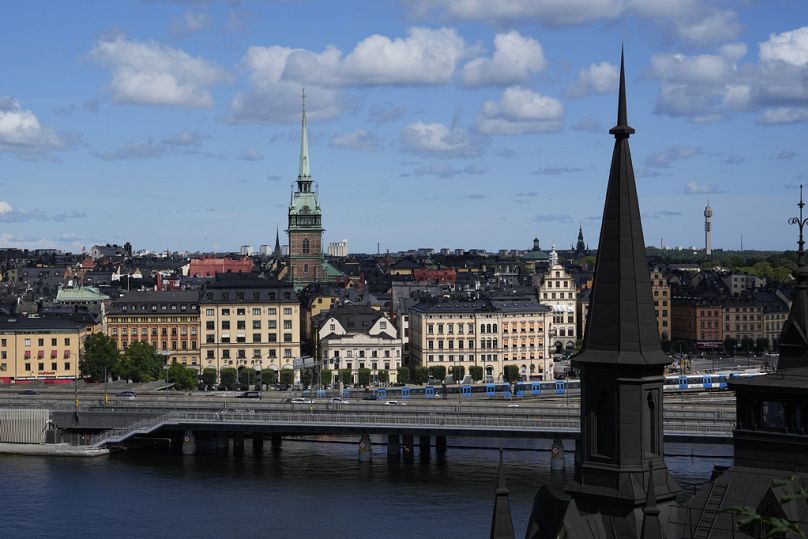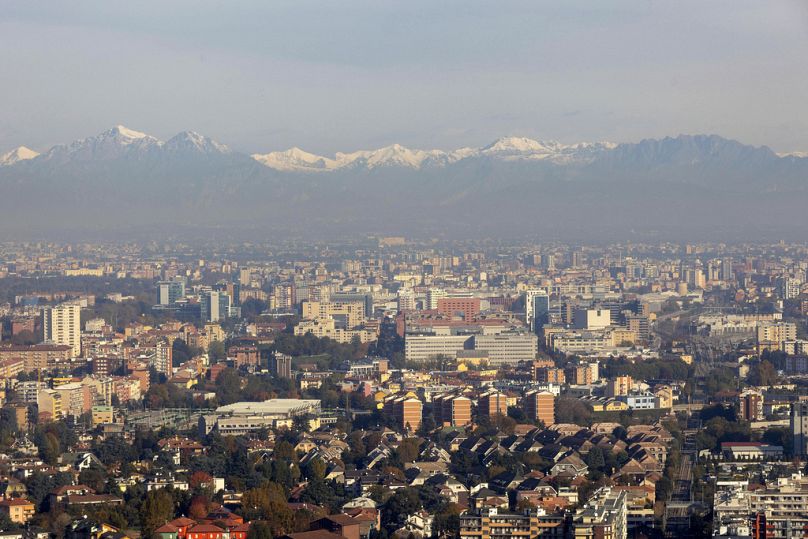A new ranking has given 22 European cities the highest score for their transparency and bold climate action.
Twenty-two cities in Europe have been recognised for their climate leadership in a major global ranking.
CDP, a non-profit charity which runs the world’s system for countries, companies and public authorities to disclose their environmental impact, has released its annual list of planet-friendly cities.
Nearly one-fifth of European municipalities scored by CDP this year made it into the prestigious ‘A List’ – those that are taking the most ambitious climate actions.
Nordic countries led the way, accounting for more than half of the leading cities in continental Europe for 2023.
Here are all the cities that made the list.
What is the Cities A List?
The CDP’s Cities A List recognises cities that have received the highest score for their transparency and bold climate action.
The ranking, which started in 2018, celebrates cities’ achievements and commitment to the fight against climate change.
“With recent CDP data showing that 80 per cent of cities globally are facing climate hazards and that 70 per cent expect those hazards to become more intense, concerted climate action on their part is crucial,” the organisation says.
In 2023, 119 cities worldwide have been recognised as climate leaders. Many have made the list before, “revealing that action to tackle climate change is becoming mainstream for many of the world’s urban areas,” the CDP says.
Big urban centres and small cities make the list in Europe
In continental Europe, 112 cities were scored by the CDP, with nearly 20 per cent receiving an A rating. This puts Europe above the global average for urban climate leadership, which was 13 per cent.
The number of European A List cities has risen slightly year-on-year, up from 21 cities in 2022.
Nearly two-thirds of those included in 2023 are returning to the A List for at least the second year in a row.
Although both capitals and smaller cities feature on this year’s list, 80 per cent of Europe’s inclusions had under one million inhabitants.
Maxfield Weiss, CDP Europe’s Executive Director, describes this as “heartening.”
“[It proves] that you do not need vast financial resources to lead the way on environmental reporting and action,” he says.
Nordic countries have the most environmentally proactive cities
Nordic cities are leading the way in environmental reporting and action, with 12 across Denmark, Sweden, Norway, Finland and Iceland named on the A List for 2023.
This represents more than half of the total cities that made the cut across the continent.
The Swedish capital Stockholm is taking a significant step toward using its resources more sustainably by making it compulsory for households to sort and dispose of their food waste separately.

This waste can then be biologically treated and transformed into biogas (a renewable fuel for buses, trucks and cars) as well as into biofertilizers.
In Denmark, the small city of Helsingør is focusing its adaptation measures on preparing for rising sea levels after storms caused major damage to built-up coastal areas.
Together with the nearby city Hundested, Helsingør has drawn up a joint protection plan for Denmark’s north coast, with the overall aim to protect against chronic and acute erosion over the next 50 years.
What are Europe’s cities doing about climate change?
Elsewhere in Europe, Paris was recognised for its efforts in mobilising its citizens.
Nearly 27,000 climate volunteers participate in information meetings and training sessions. They spread mitigation and adaptation awareness in their communities while promoting sustainable practices.
The German city of Münster is raising awareness of how climate change is affecting the lives of its citizens through climate walks.
These city tours involve local people in the adaptation process and encourage them to take action in their everyday lives.
Faced with increasingly frequent extreme heat, the city of Saragossa in Spain provides care for people experiencing the health consequences of climate change.
This includes improved preventive actions, warning and information systems, social care networks and a range of projects to address the health impacts of extreme temperatures, especially for more vulnerable members of society.

Milan in Italy has introduced an energy retrofit plan for municipal buildings, covering both residential and non-residential buildings.
The goal is to halve the city’s greenhouse gas emissions generated by heating in municipal buildings by 2030 and achieve zero emissions generated from heating by 2040.
Where are Europe’s A List cities?
The full list of A ranked cities in Europe is: Athens, Barcelona, Copenhagen, Guimarães, Helsingør, Lund, Madrid, Malmö, Mannheim, Milan, Münster, Oslo, Paris, Reykjavík, Saragossa, Stockholm, Tampere, Trondheim, Turin, Turku, Uppsala and Vantaa City.
In the UK, which was categorised separately from Europe, 26 cities made the A List.
These included major urban hubs like Edinburgh, Belfast, Birmingham and the City of London as well as smaller municipalities like North Tyneside in northern England and Perth and Kinross in Scotland.
Source : Euronews


